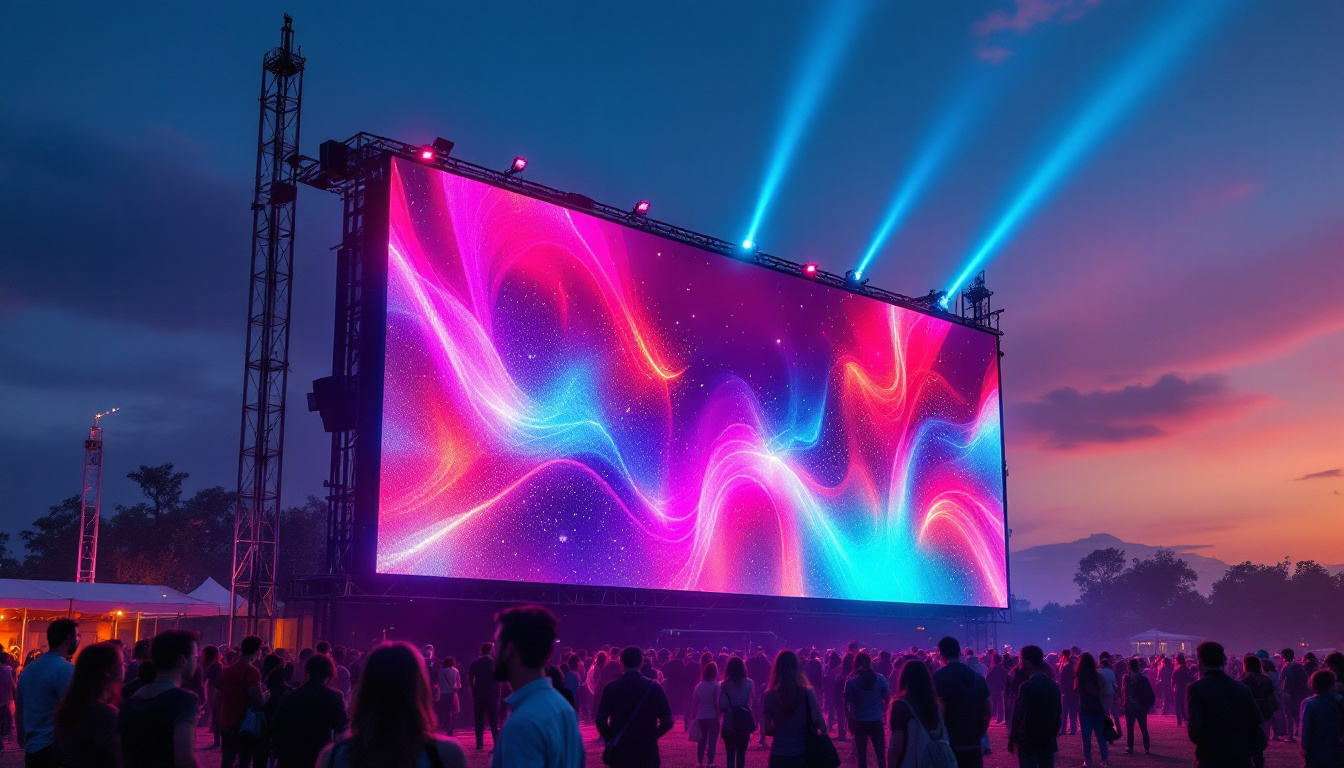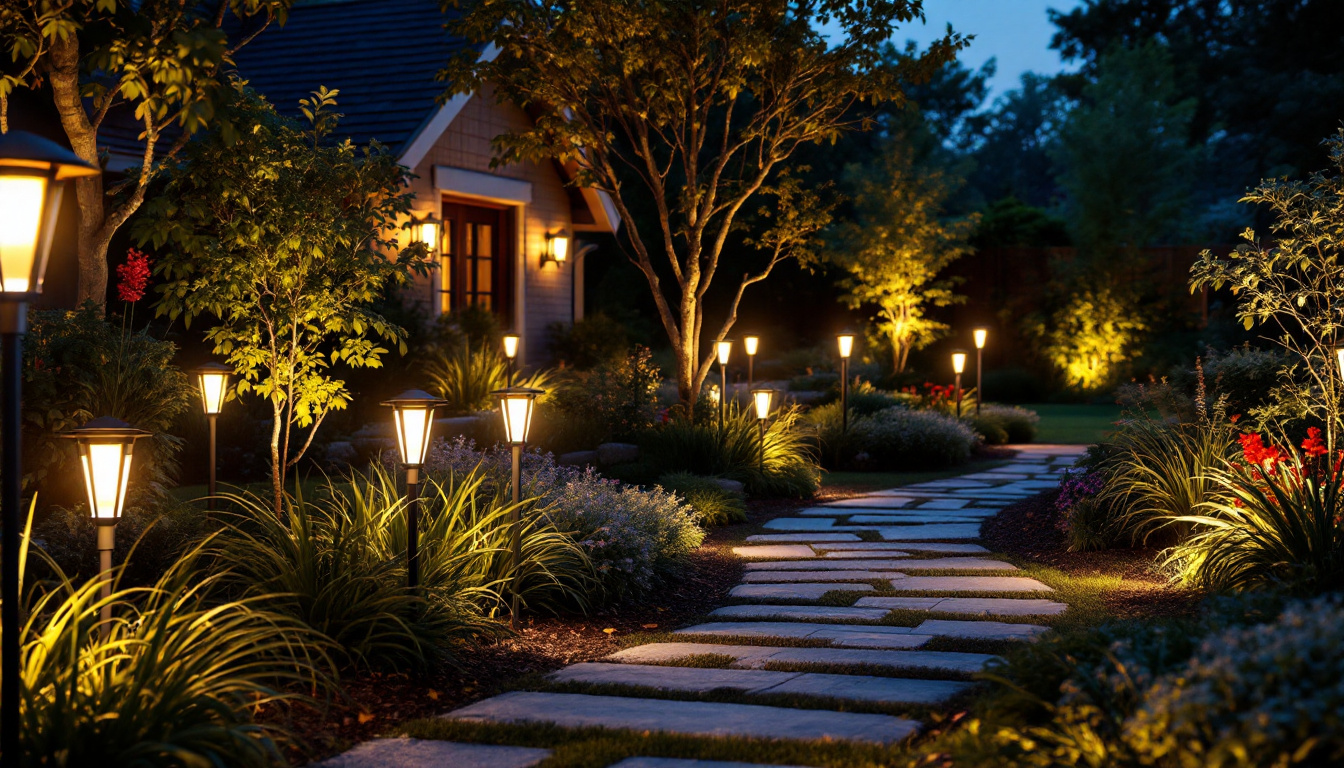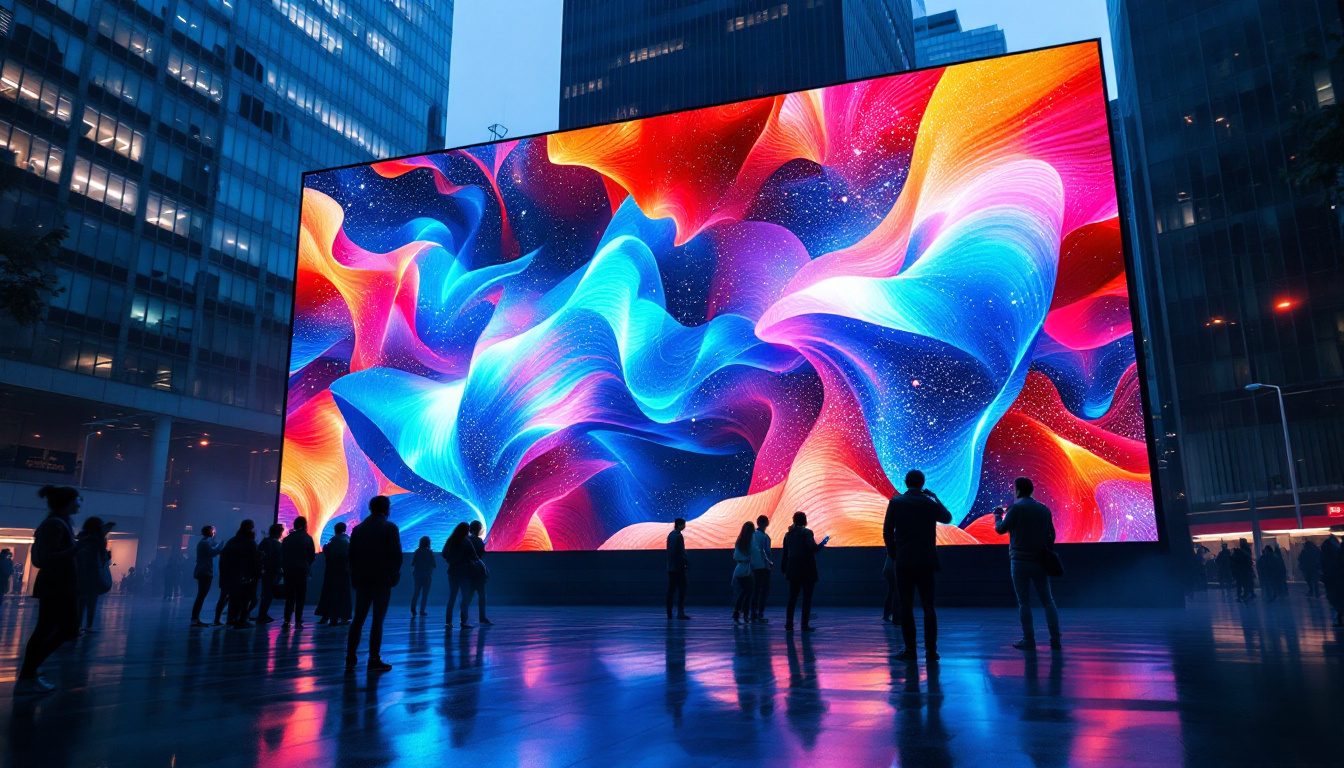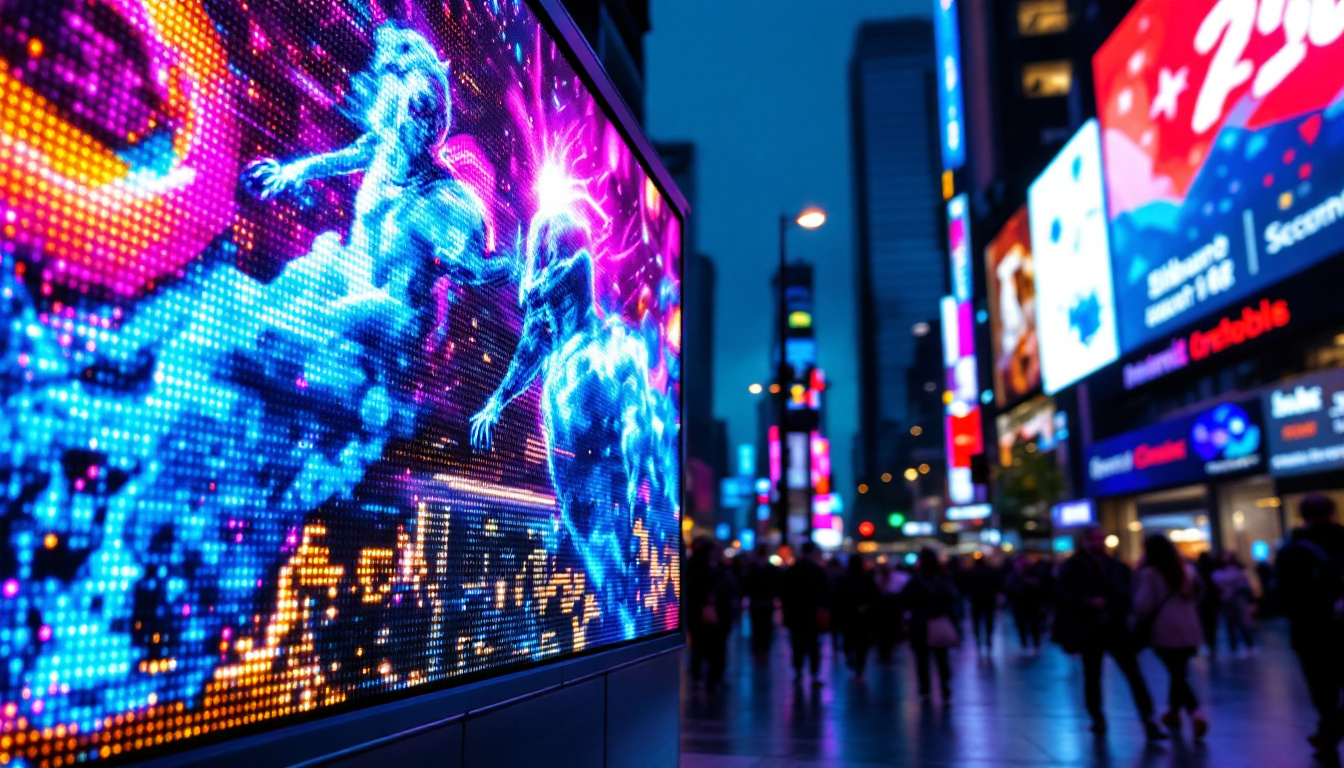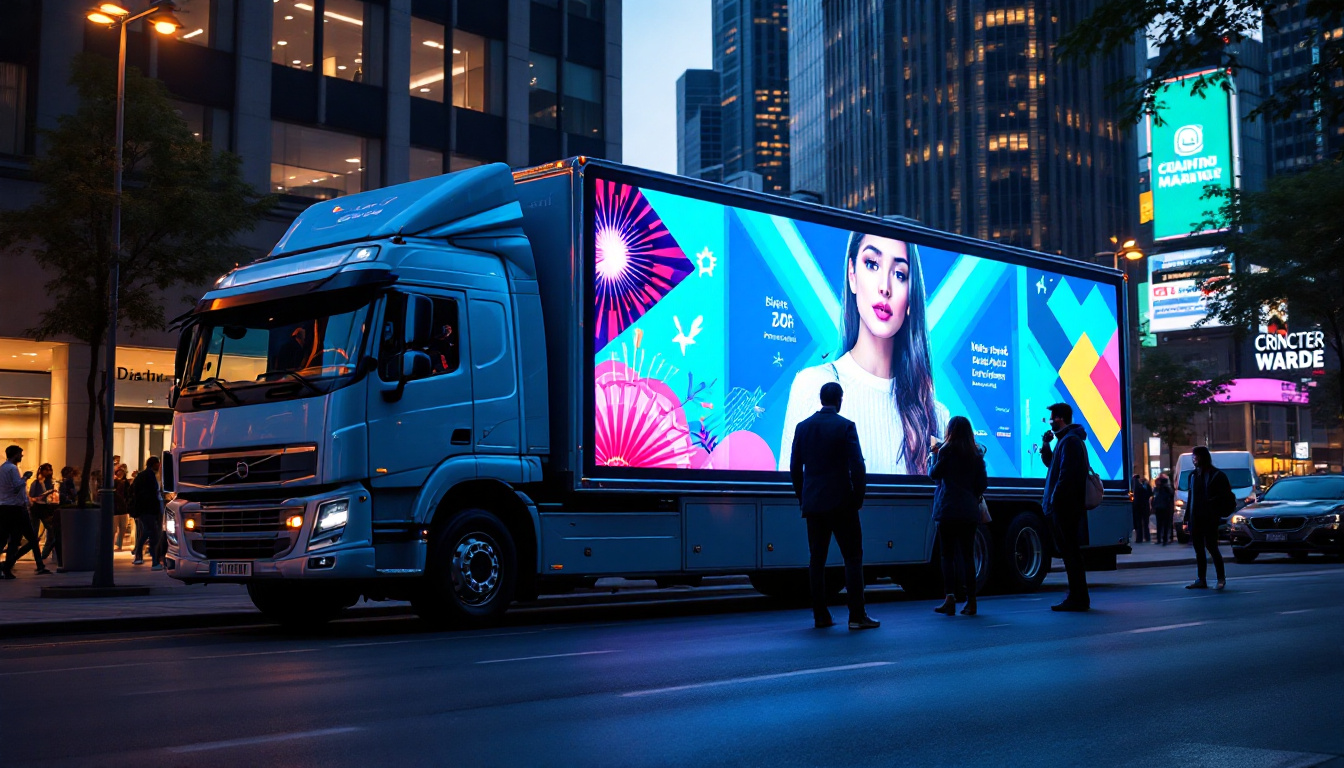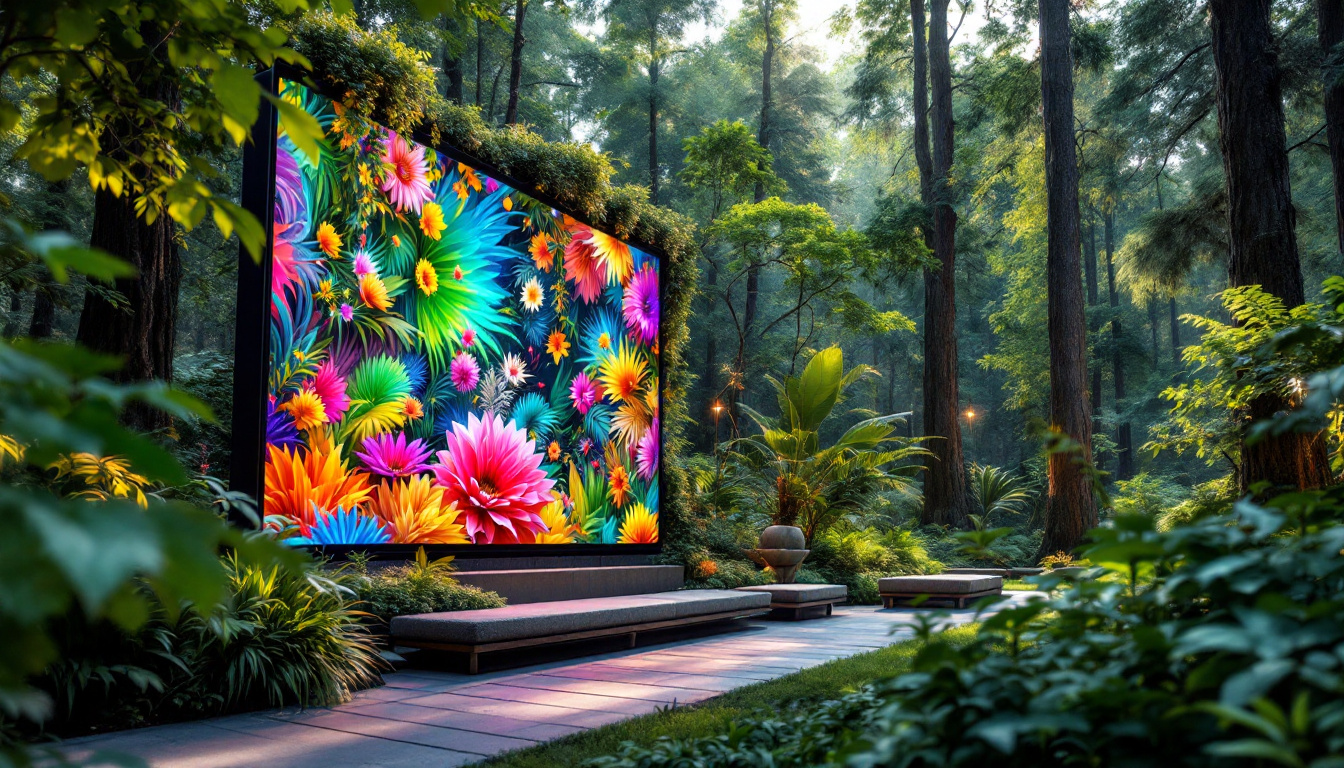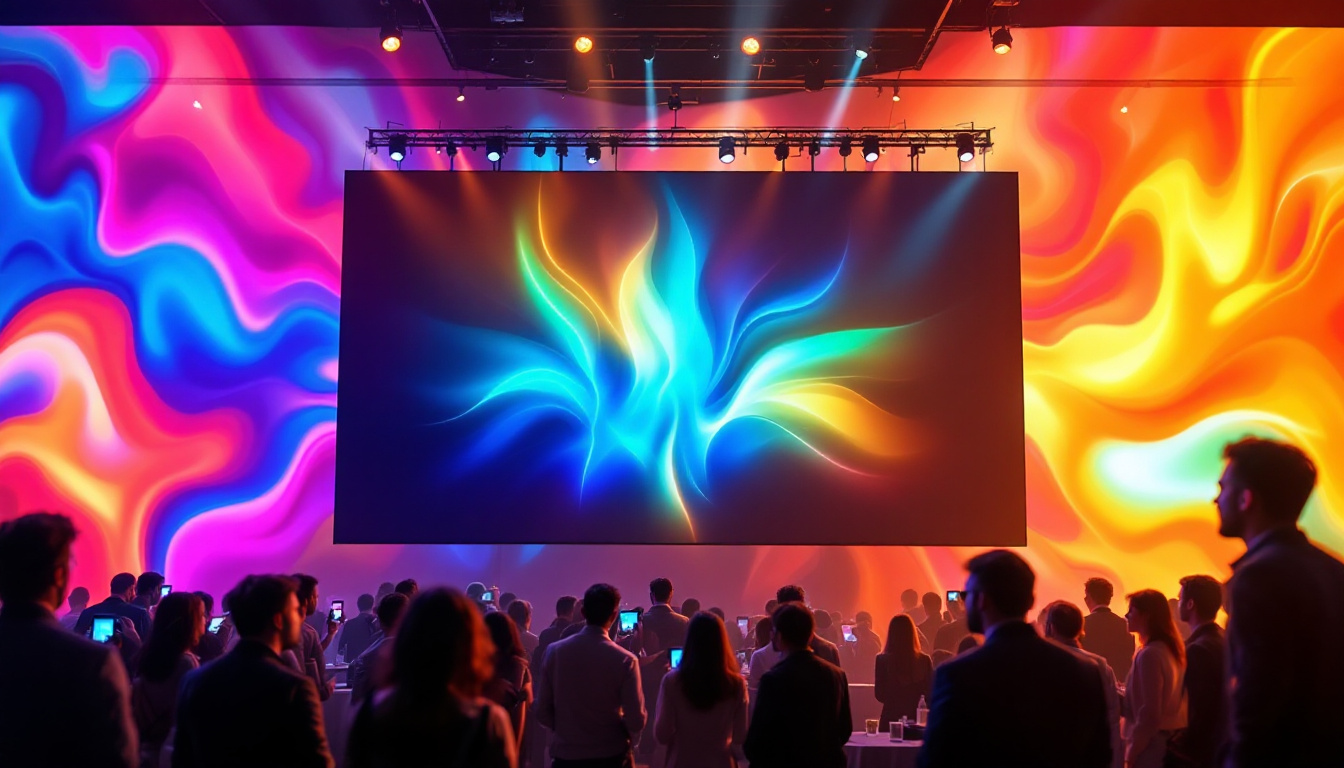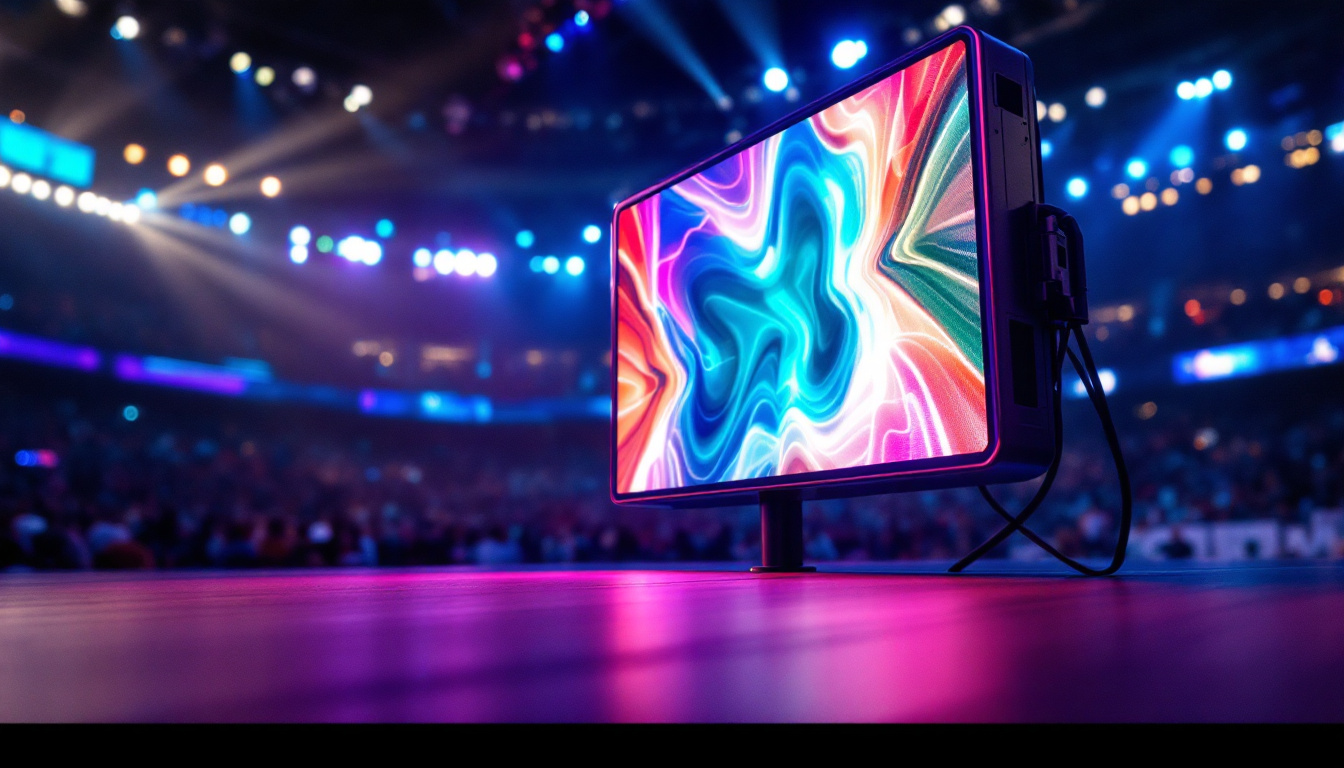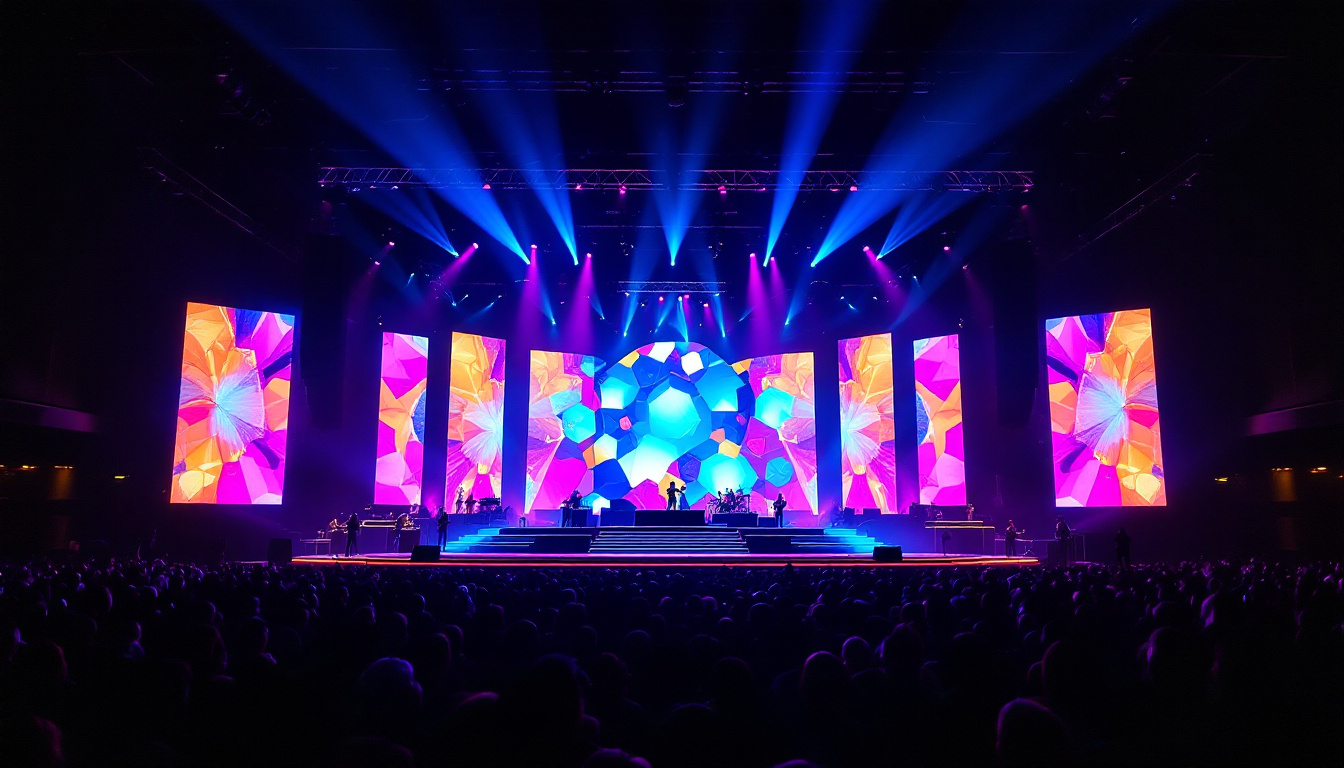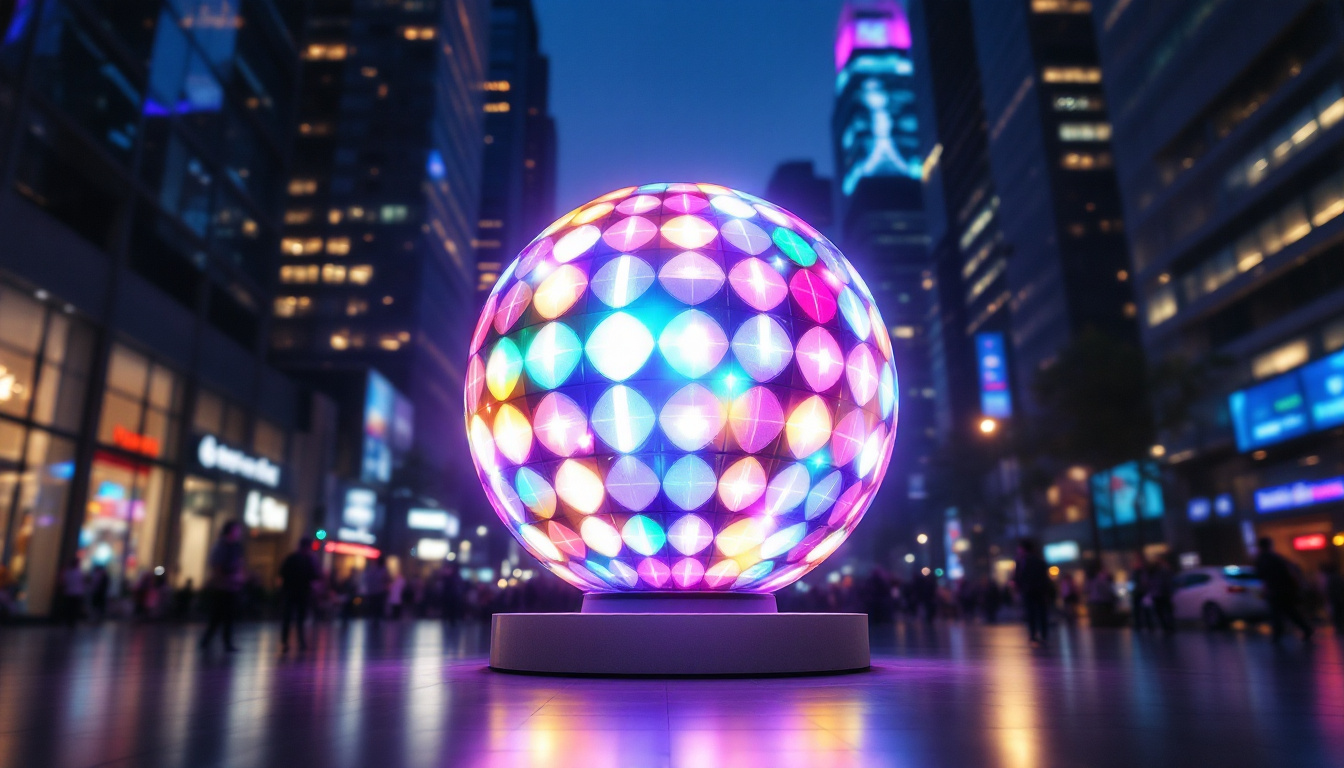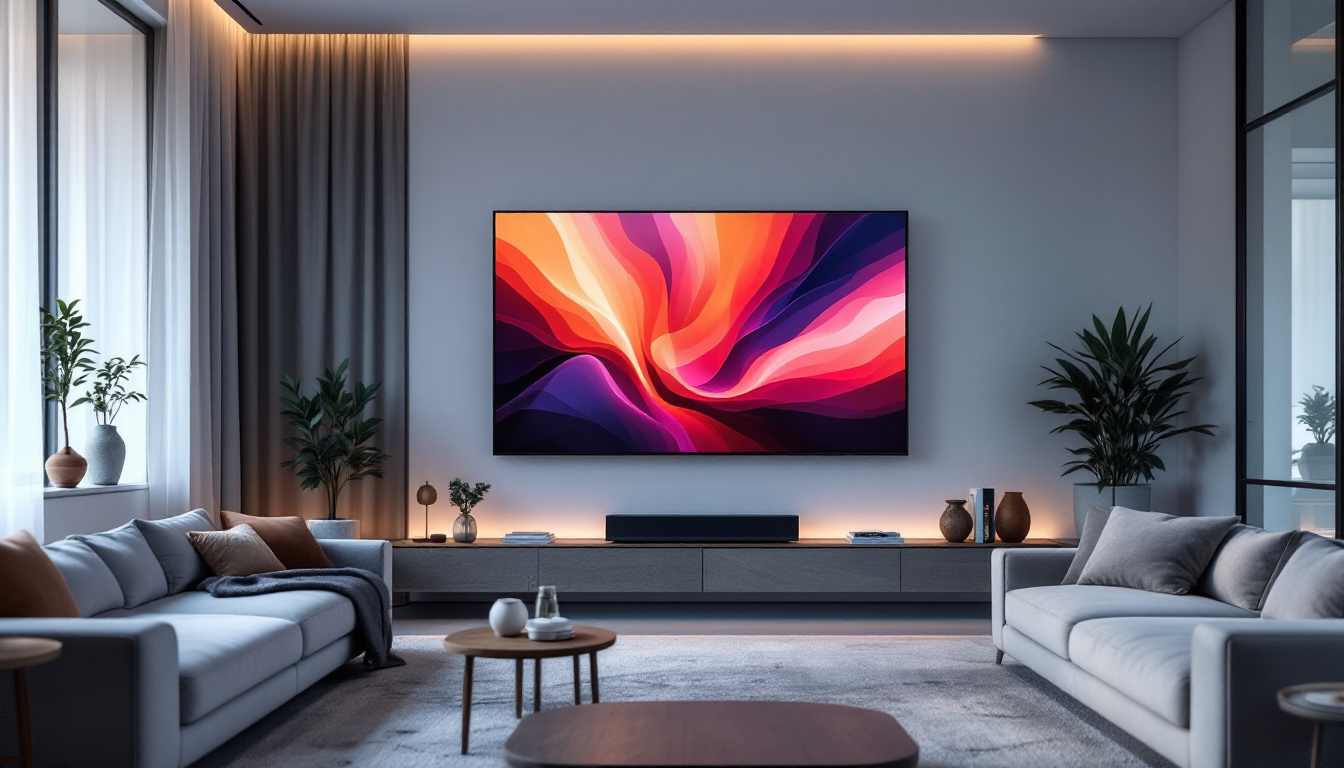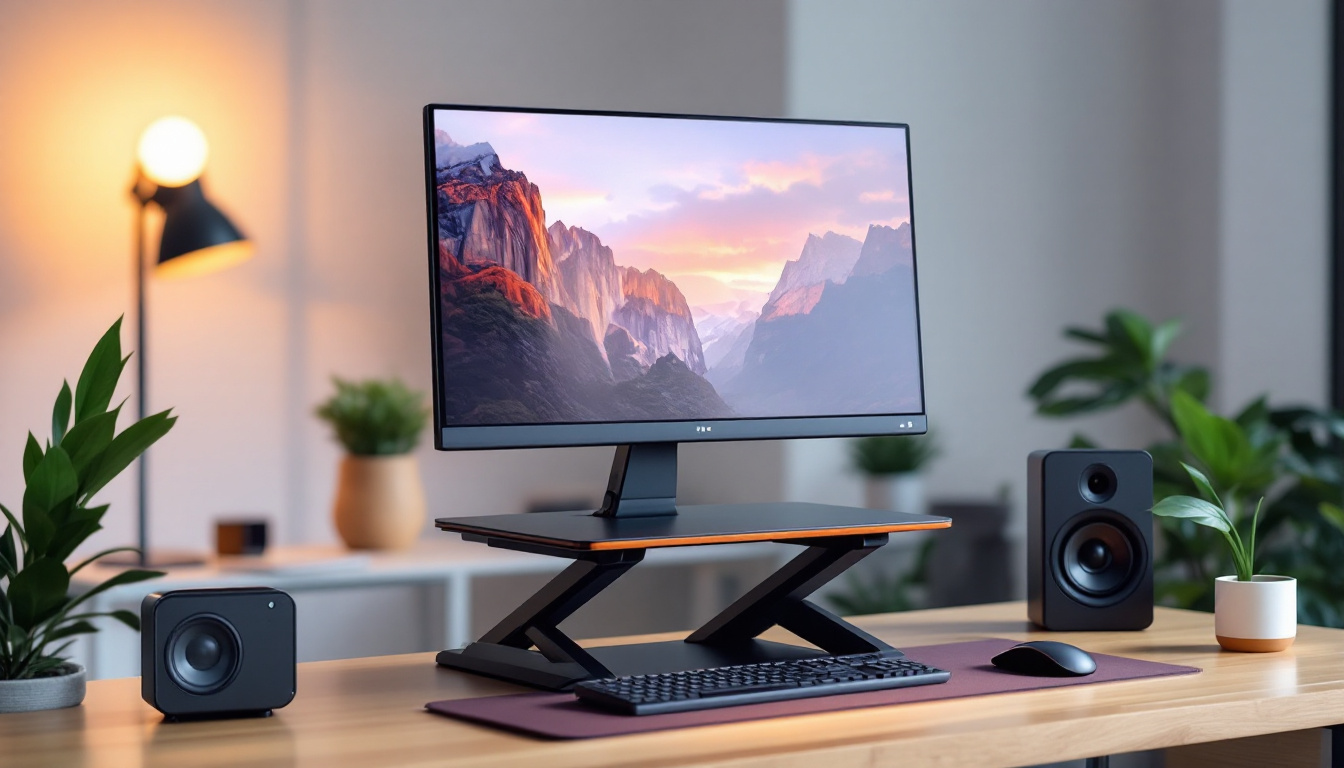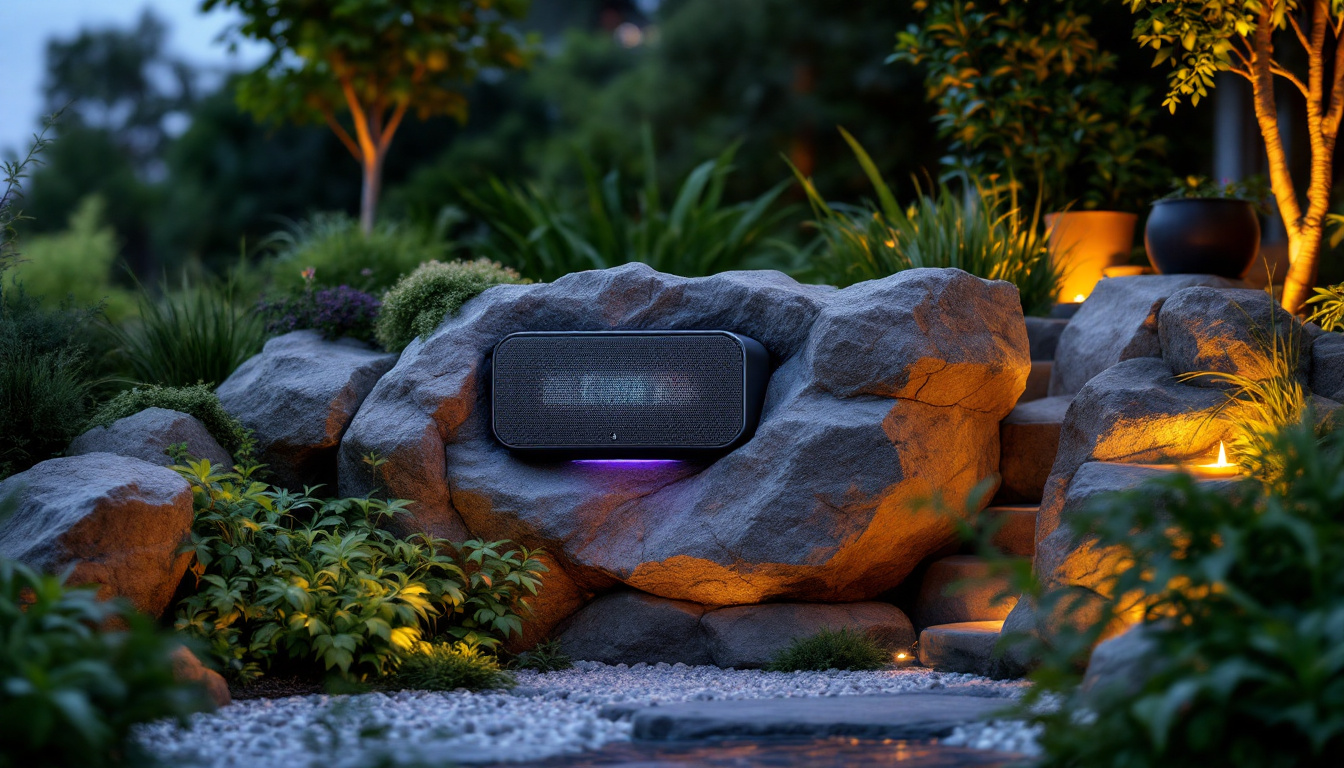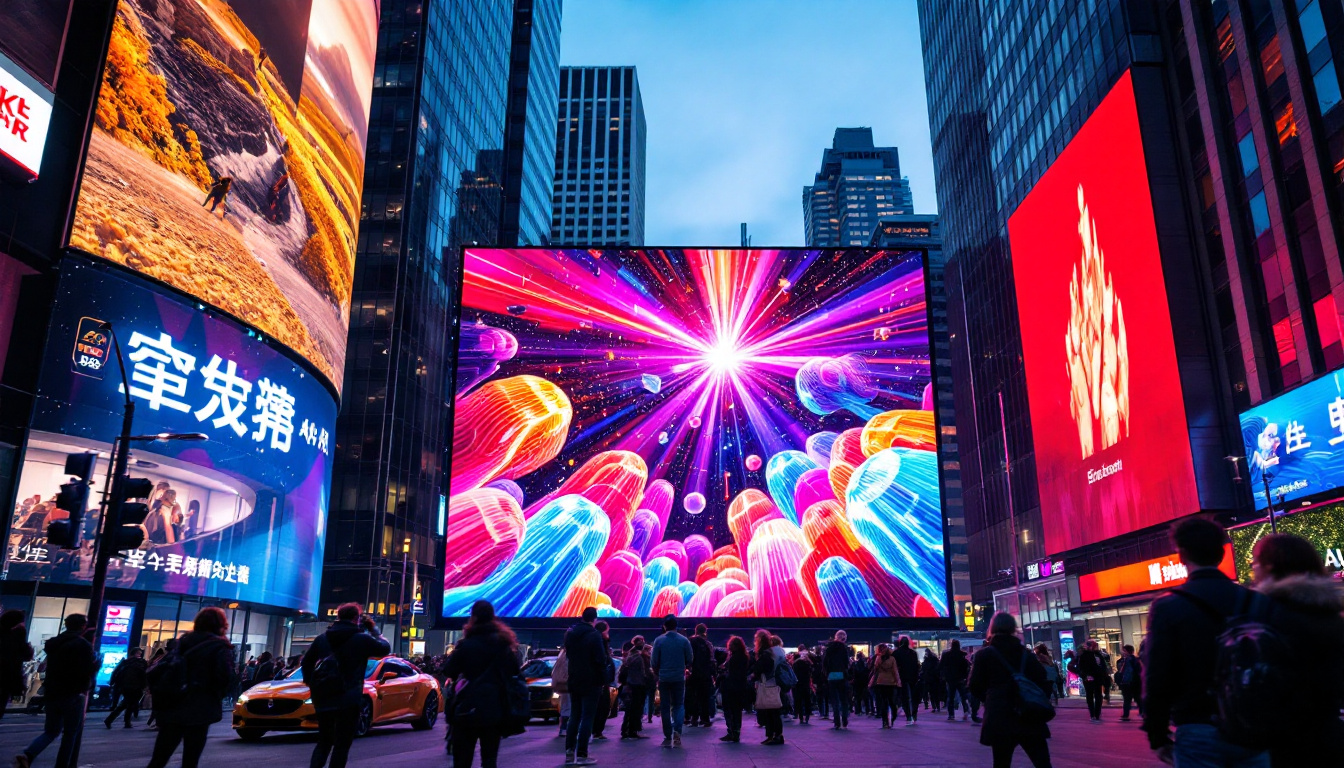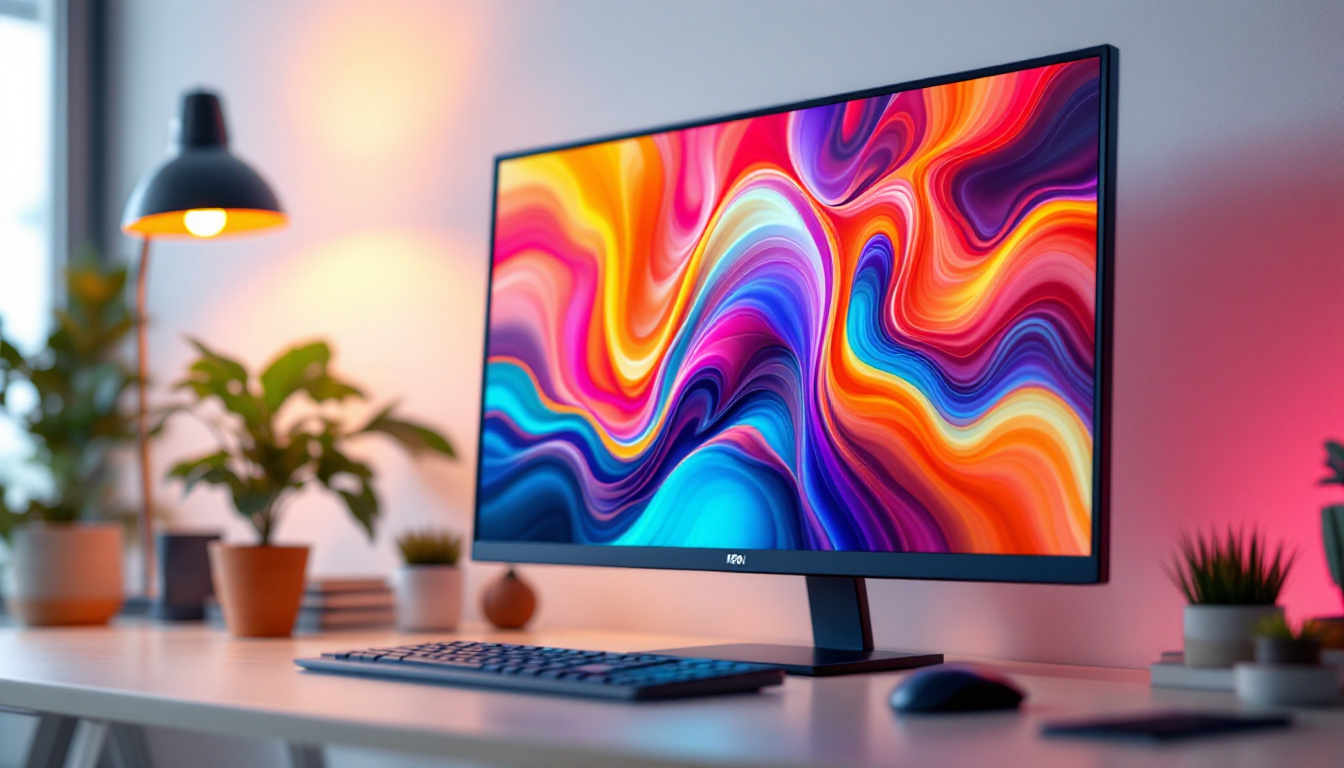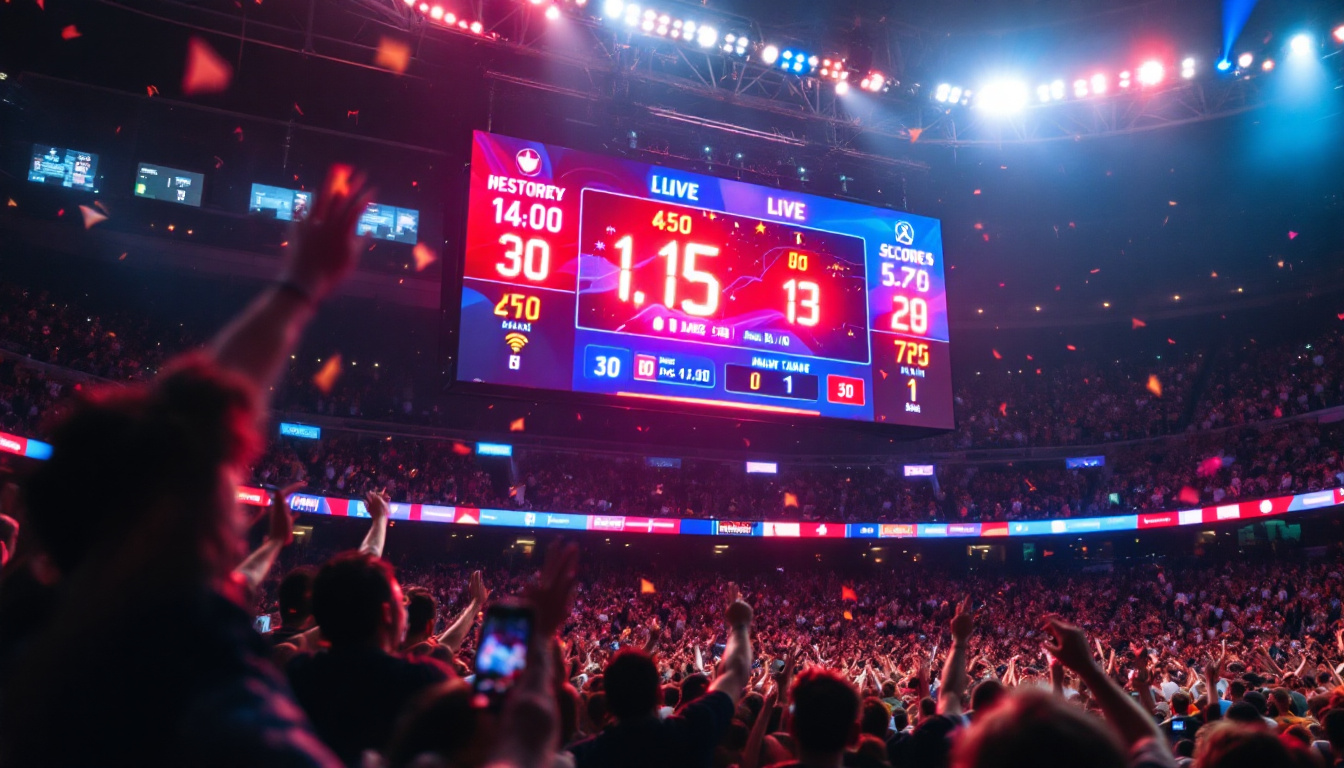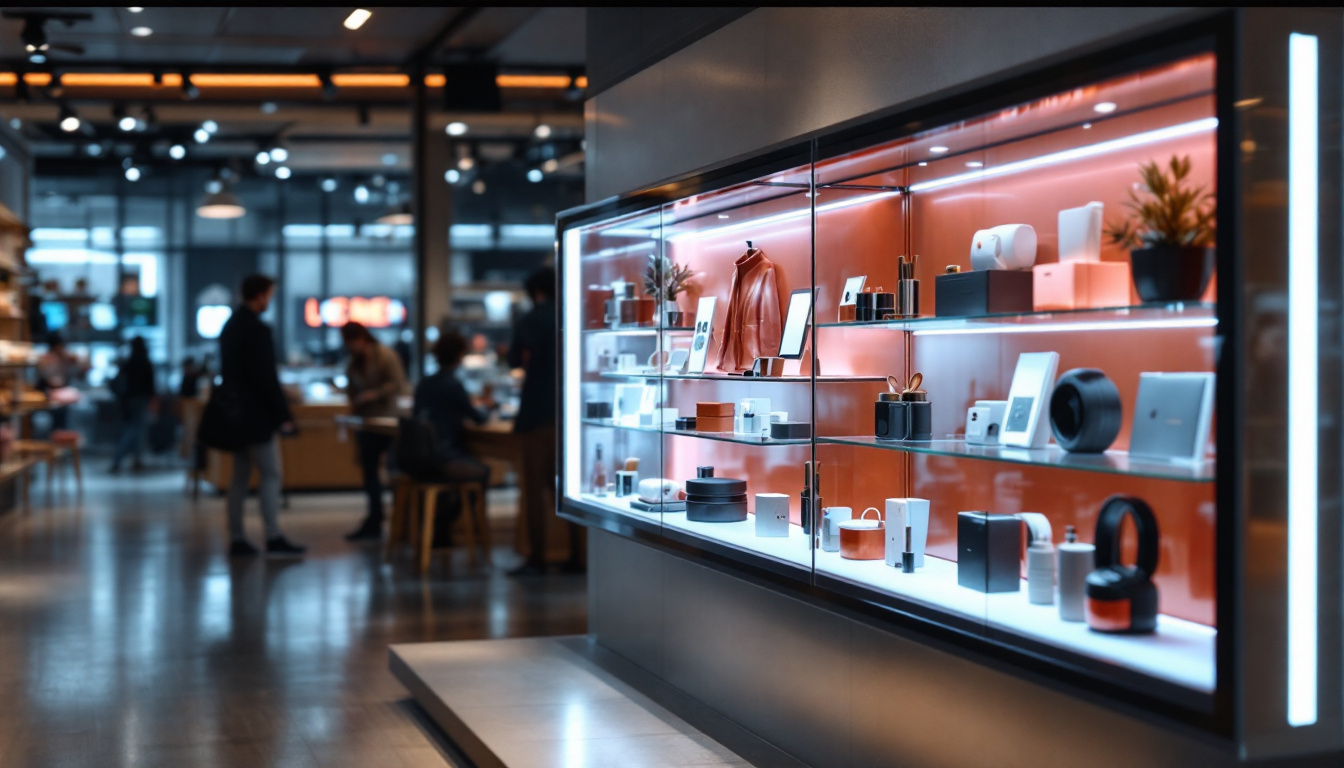The world of visual displays has evolved significantly over the years, with LED technology leading the way in terms of clarity, brightness, and versatility. Among the various structural components that support these displays, the base plate truss plays a crucial role. This article delves into the intricacies of base plate trusses, particularly in relation to LED displays, exploring their design, functionality, and applications.
Understanding Base Plate Trusses
A base plate truss is a structural framework designed to support various types of loads, including the weight of LED screens. It serves as a foundational element that ensures stability and durability, making it an essential component in the installation of LED displays.
What is a Base Plate Truss?
At its core, a base plate truss consists of a series of interconnected beams and plates that create a rigid structure. The base plate, typically made from robust materials like steel or aluminum, provides a stable platform for mounting LED panels. This design not only distributes the weight of the display evenly but also allows for easy assembly and disassembly, which is particularly advantageous for temporary installations.
The truss system can be configured in various shapes and sizes, allowing for flexibility in design. Whether it’s a simple rectangular frame or a more complex geometric structure, the base plate truss can be tailored to meet specific project requirements. This adaptability makes it a preferred choice for a wide range of applications, from concerts and festivals to corporate events and exhibitions, where visual displays play a pivotal role in engaging audiences.
Key Components of a Base Plate Truss
The main components of a base plate truss include the base plate itself, vertical and horizontal trusses, and connection hardware. Each element plays a vital role in ensuring the overall integrity of the structure. The base plate anchors the truss to the ground or stage, while the vertical and horizontal trusses provide the necessary support and stability for the LED display.
Connection hardware, such as bolts and brackets, is equally important as it allows for secure fastening of the truss components. This ensures that the structure can withstand various environmental factors, including wind, vibrations, and the weight of the LED panels. Additionally, many modern base plate trusses are designed with modularity in mind, enabling quick adjustments and enhancements. This means that as technology evolves or project needs change, the truss system can be easily upgraded or modified without the need for complete replacement, thus offering both cost-effectiveness and sustainability in event production.
Furthermore, the use of advanced engineering techniques in the design of base plate trusses enhances their performance. Finite element analysis (FEA) is often employed to simulate and optimize the truss structure under different load conditions. This ensures that the truss not only meets safety standards but also maximizes efficiency in material usage. As a result, base plate trusses are not only robust but also lightweight, making them easier to transport and set up, which is a crucial factor for event organizers working under tight schedules.
The Role of Base Plate Trusses in LED Displays
Base plate trusses are integral to the successful deployment of LED displays, particularly in large-scale events such as concerts, trade shows, and sporting events. Their ability to provide a stable and secure mounting solution makes them indispensable in the industry.
Stability and Safety
One of the primary functions of a base plate truss is to ensure the stability of the LED display. Given the size and weight of many LED screens, a robust support system is essential to prevent tipping or collapse. The base plate truss effectively distributes the weight across a wider area, reducing the risk of structural failure.
Safety is paramount in any event setting, and a well-designed truss system minimizes hazards associated with falling equipment. By securely anchoring the LED display, base plate trusses help to protect both the audience and the performers from potential accidents. Furthermore, many truss systems are designed with safety features such as load indicators and fail-safes, which provide additional peace of mind for event organizers. These features ensure that any potential issues can be detected early, allowing for timely interventions and adjustments before they escalate into serious problems.
Flexibility in Design
The versatility of base plate trusses allows for creative freedom in the design of LED displays. They can be configured to support various screen sizes and shapes, enabling designers to create unique visual experiences. This adaptability is particularly beneficial for events that require custom setups, as the truss system can be easily modified to accommodate different layouts.
Additionally, base plate trusses can be used in conjunction with other rigging systems, further enhancing their flexibility. This combination allows for the integration of lighting, sound equipment, and other visual elements, creating a cohesive and dynamic presentation. The modular nature of truss systems means that they can be assembled and disassembled quickly, making them ideal for events with tight schedules. This efficiency not only saves time but also reduces labor costs, allowing event planners to allocate resources more effectively. Moreover, the aesthetic appeal of trusses can complement the overall design of the event, as they can be painted or finished in various styles to match the theme, ensuring that they enhance rather than detract from the visual spectacle of the LED displays.
Installation and Maintenance Considerations
While base plate trusses offer numerous advantages, proper installation and maintenance are crucial for ensuring their effectiveness. Understanding the best practices for setting up and caring for these structures can significantly impact the longevity and performance of the LED displays they support.
Installation Best Practices
When installing a base plate truss, it is essential to follow manufacturer guidelines and industry standards. This includes assessing the load capacity of the truss and ensuring that it is suitable for the specific LED display being used. Proper alignment and leveling of the base plate are also critical to maintaining stability.
Additionally, using the right connection hardware is vital. Bolts and brackets should be rated for the intended load, and all connections must be tightened securely to prevent any movement during operation. Regular inspections during the installation process can help identify potential issues before they escalate.
Maintenance and Inspection
Routine maintenance and inspection of the base plate truss are essential for ensuring its continued performance. This includes checking for signs of wear and tear, such as rust or corrosion, particularly in outdoor settings where exposure to the elements can be a concern.
Inspecting the connection hardware for tightness and integrity is also important. Loose connections can compromise the stability of the entire structure, leading to potential hazards. Regular maintenance schedules should be established to ensure that the truss remains in optimal condition throughout its lifespan.
Applications of Base Plate Trusses in LED Displays
Base plate trusses find applications across a wide range of industries, primarily in settings where LED displays are utilized. Their adaptability makes them suitable for various environments, from concerts to corporate events.
Live Events and Concerts
In the realm of live entertainment, base plate trusses are a common sight. They provide the necessary support for large LED screens that enhance the visual experience for audiences. The ability to create dynamic stage designs with multiple displays is a significant advantage, allowing for creative storytelling through visuals.
Moreover, the quick setup and breakdown capabilities of base plate trusses are invaluable in the fast-paced world of live events. Event organizers can efficiently install and dismantle the truss systems, ensuring that shows run smoothly and on schedule.
Corporate Events and Trade Shows
Base plate trusses are also widely used in corporate events and trade shows, where branding and visual impact are critical. Companies often utilize LED displays to showcase their products and services, and a stable truss system ensures that these displays remain secure and visually appealing.
In trade show settings, the flexibility of base plate trusses allows exhibitors to create unique booth designs that stand out. This adaptability can significantly enhance the overall presentation, attracting more visitors and potential clients.
Future Trends in Base Plate Truss Technology
As technology continues to advance, the design and functionality of base plate trusses are also evolving. Innovations in materials and engineering are paving the way for more efficient and lightweight truss systems, enhancing their usability in various applications.
Lightweight Materials
Recent developments in materials science have led to the creation of lightweight yet durable options for base plate trusses. These advancements allow for easier transportation and installation, reducing the labor required for setup. Lightweight trusses also minimize the load on supporting structures, which can be particularly beneficial in venues with weight restrictions.
Furthermore, the use of advanced materials can improve the overall performance of the truss, enhancing its resistance to environmental factors such as wind and rain. This is especially important for outdoor events where weather conditions can be unpredictable.
Smart Truss Systems
The integration of smart technology into base plate truss systems is another emerging trend. Sensors and monitoring systems can provide real-time data on the structural integrity of the truss, alerting operators to any potential issues before they become critical. This proactive approach to maintenance can enhance safety and reliability in high-stakes environments.
Additionally, smart truss systems can facilitate remote monitoring and control, allowing for adjustments to be made on-the-fly during events. This level of adaptability can significantly improve the overall efficiency of event management.
Conclusion
Base plate trusses are a fundamental component in the world of LED displays, providing the necessary support and stability for a wide range of applications. Their versatility, combined with advancements in technology and materials, ensures that they will continue to play a vital role in the future of visual displays.
As industries evolve and demand for innovative visual solutions grows, understanding the intricacies of base plate trusses will be essential for professionals in the field. By prioritizing safety, flexibility, and maintenance, event organizers and designers can harness the full potential of LED displays, creating memorable experiences for audiences around the globe.
Discover Cutting-Edge LED Display Solutions with LumenMatrix
Ready to elevate your visual experience with the latest in LED display technology? LumenMatrix is at the forefront of innovation, offering a wide array of LED display solutions that bring your events to life. From captivating Indoor LED Wall Displays to dynamic Outdoor LED Wall Displays, and from versatile Vehicle LED Displays to engaging LED Sports Displays, our products are designed to make a lasting impression. Explore our LED Poster Displays, Floor LED Displays, Custom LED Displays, All-in-One LED Displays, and LED Transparent Displays to discover how we can transform your visual communication. Don’t miss out on the opportunity to enhance your brand visibility and audience engagement. Check out LumenMatrix LED Display Solutions today and see the difference for yourself.

